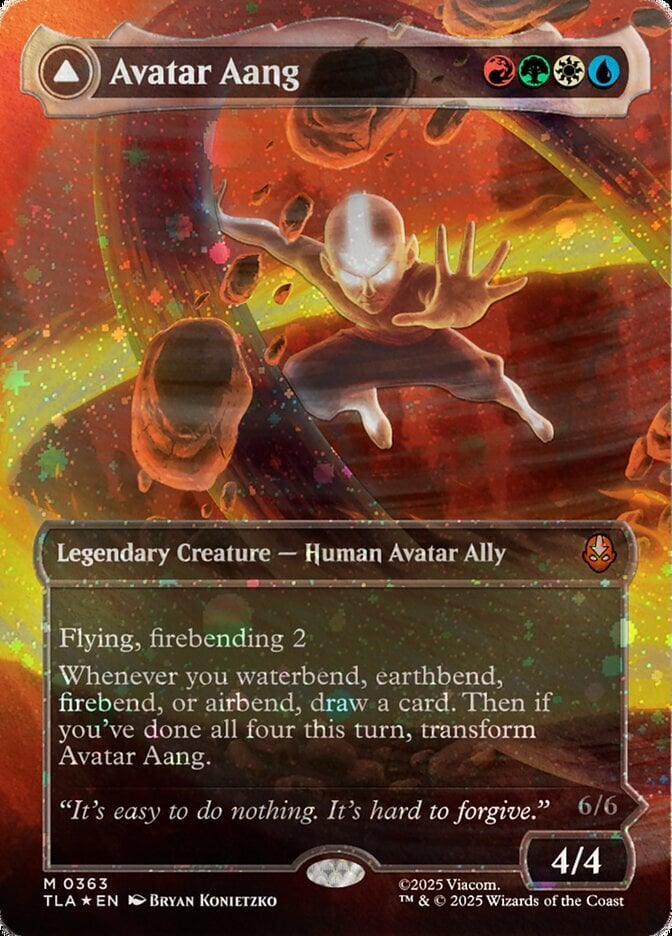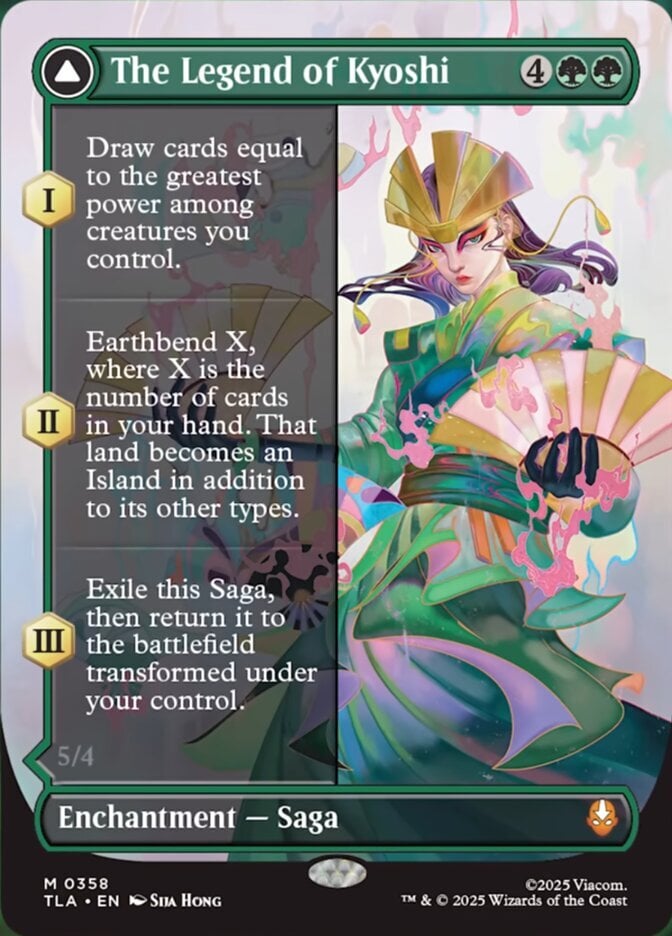23-Feb-2022 21:06
(Last edited: 24-Feb-2022 06:19)
1
I find Pauper too arbitrary in what it allows and doesn't. There are powerful, Pauper-legal commons that are quite pricey and lots of janky uncommons and rares that are not Pauper-legal, which defies the apparent concept behind the format. For gameplay, I think it's more interesting to contemplate a boxing-style format, which uses weight-based competitive divisions. An MtG analog would be a format where decks are designated by total deck price, and matched against other decks on that basis. For example, there might be brackets as follows:
<$5
$5-$6
$6-$8
$8-$10
$10-$12
$12-$15
$15-$19
$19-$24
$24-$30
And so on. The intent is that no deck plays against another deck that's more than ~25% more expensive than itself, thus creating some parity in power level. The point is to develop a format that's both casual and competitive, and that rewards efficiency in deck-building over shelling out $500 to build a competitive deck. The question this format addresses is, "How good a deck can you build for ten (or X) bucks?"
Concerns:
1) Prices fluctuate. Yes, but really not that much, especially in legacy-era cards. If it took off, the format might start to impact card values at the low end, but that would be ok, as it would just be adjusting to more accurately price cards on in-game value. Also, with the access to digital decklists and market pricing, it should be relatively easy to track. Sideboards could be built with low-cost substitutions in mind, if a deck price is on the cusp. You could also build a safety margin into your deck, say 5% below the top of the weight class, to allow for minor daily fluctuations. You could also just accept it if your deck gets floated into a higher priced bracket. You could also bring a few decks to an event and see which one prices into a bracket that you feel is competitive for it. So you price-check, say, three decklists at the front door, and decide which one you want to play today based on that.
2) Rarity (both by printing [C/U/R/MR] and # of reprintings) still influences price. Yes, we don't control the decisions of the publishers, so these sorts of factors are hard to avoid. Still, I think this is an improvement on existing formats that intend to allow players to include non-chase/premium cards in their decks. Pauper is hardly less arbitrary. Consider that Pauper allows a playset of Lotus Petal at $15+ each, but bars Wooden Sphere, which isn't worth a quarter. Don't let the name fool you - your budget remains a powerful influence over your success in Pauper. For better or worse, a format explicitly based on market price negates that factor.
3) Depth of competition. Brackets only function if there's a good balance between narrowness (i.e., the brackets don't force a deck that's been pressed down to $20 in price to play against a deck that's twice its price) and depth, where there are sufficient players/decks in your bracket to foment competition and a sense of victory. The brackets I listed above are for illustration purposes; in a FNM or tournament setting, a method might have to be developed to ensure that brackets fairly balanced these two competing forces. Decks that win their brackets could be allowed to play upwards, just to see how they do. There might also be ways to adopt point systems, where decks are rewarded for beating more expensive decks. Or instead of brackets, perhaps using a ranking system where you start where you price in at, but can work your way up or down based on performance against adjacent decks.
4) Condition/Edition. For purposes of pricing, the format would use the lowest priced edition, in a standardized condition (say Near Mint). So you won't be penalized if your copy of Shivan Dragon happens to be a collectible and you won't be rewarded just because your copy of Black Lotus spent 3 months in someone's bike spokes.
Anyway, just wanted to float this idea and solicit feedback, ideas, and interest level. Do you find my answers to potential objections compelling?[/C/U/R/MR]
<$5
$5-$6
$6-$8
$8-$10
$10-$12
$12-$15
$15-$19
$19-$24
$24-$30
And so on. The intent is that no deck plays against another deck that's more than ~25% more expensive than itself, thus creating some parity in power level. The point is to develop a format that's both casual and competitive, and that rewards efficiency in deck-building over shelling out $500 to build a competitive deck. The question this format addresses is, "How good a deck can you build for ten (or X) bucks?"
Concerns:
1) Prices fluctuate. Yes, but really not that much, especially in legacy-era cards. If it took off, the format might start to impact card values at the low end, but that would be ok, as it would just be adjusting to more accurately price cards on in-game value. Also, with the access to digital decklists and market pricing, it should be relatively easy to track. Sideboards could be built with low-cost substitutions in mind, if a deck price is on the cusp. You could also build a safety margin into your deck, say 5% below the top of the weight class, to allow for minor daily fluctuations. You could also just accept it if your deck gets floated into a higher priced bracket. You could also bring a few decks to an event and see which one prices into a bracket that you feel is competitive for it. So you price-check, say, three decklists at the front door, and decide which one you want to play today based on that.
2) Rarity (both by printing [C/U/R/MR] and # of reprintings) still influences price. Yes, we don't control the decisions of the publishers, so these sorts of factors are hard to avoid. Still, I think this is an improvement on existing formats that intend to allow players to include non-chase/premium cards in their decks. Pauper is hardly less arbitrary. Consider that Pauper allows a playset of Lotus Petal at $15+ each, but bars Wooden Sphere, which isn't worth a quarter. Don't let the name fool you - your budget remains a powerful influence over your success in Pauper. For better or worse, a format explicitly based on market price negates that factor.
3) Depth of competition. Brackets only function if there's a good balance between narrowness (i.e., the brackets don't force a deck that's been pressed down to $20 in price to play against a deck that's twice its price) and depth, where there are sufficient players/decks in your bracket to foment competition and a sense of victory. The brackets I listed above are for illustration purposes; in a FNM or tournament setting, a method might have to be developed to ensure that brackets fairly balanced these two competing forces. Decks that win their brackets could be allowed to play upwards, just to see how they do. There might also be ways to adopt point systems, where decks are rewarded for beating more expensive decks. Or instead of brackets, perhaps using a ranking system where you start where you price in at, but can work your way up or down based on performance against adjacent decks.
4) Condition/Edition. For purposes of pricing, the format would use the lowest priced edition, in a standardized condition (say Near Mint). So you won't be penalized if your copy of Shivan Dragon happens to be a collectible and you won't be rewarded just because your copy of Black Lotus spent 3 months in someone's bike spokes.
Anyway, just wanted to float this idea and solicit feedback, ideas, and interest level. Do you find my answers to potential objections compelling?[/C/U/R/MR]

